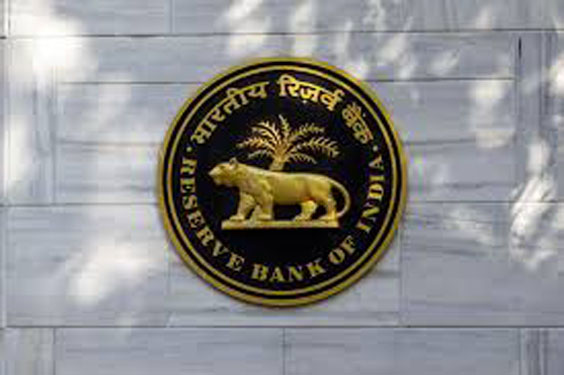While maintaining its observance, the RBI releases a cheerful policy before the New Year.
The Monetary Policy Committee (MPC) unanimously decided to keep policy rates unchanged, marking the fifth consecutive meeting without a change. The previous increase in the repo rate was on February 8, 2023, ten months ago. The policy position of “withdrawal of accommodation” was upheld by a vote of 5 to 1.
India’s GDP is expected to increase by 7.0%, 0.5% more than October predictions, according to the MPC’s growth-inflation forecasts, which paint a picture of the country’s prosperous growth story. The upward revision is attributed to the enhanced growth prospects that the MPC expects continuing over the next year.
While the MPC continues to keep an eye out for price shocks related to food, the growth outlook in the aftermath of continued disinflation is strengthening the argument for a “goldilocks”-like scenario for India in 2024.
The MPC’s growth-inflation outlook suggests that the economy may not require any immediate monetary support in the form of policy rate reductions, as the RBI is still optimistic about India’s development story and the country’s path towards deflation.
We believe we may be in for a protracted pause on the policy rate given that the policy will continue to be “actively disinflationary” in order to guarantee a long-term alignment of headline inflation to the target rate of 4.0%.
Banks should expect the cost of funds to remain on the higher side due to the liquidity situation and year-end credit demand, even though the MPC has not raised policy rates by modulating the system liquidity and maintaining the daily banking system liquidity under the LAF window in a deficit mode. As a result, the cost of funds for the banks is still at the upper end of the policy corridor, at 6.75%.

